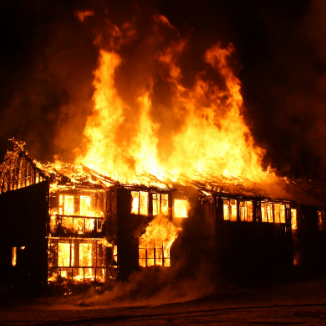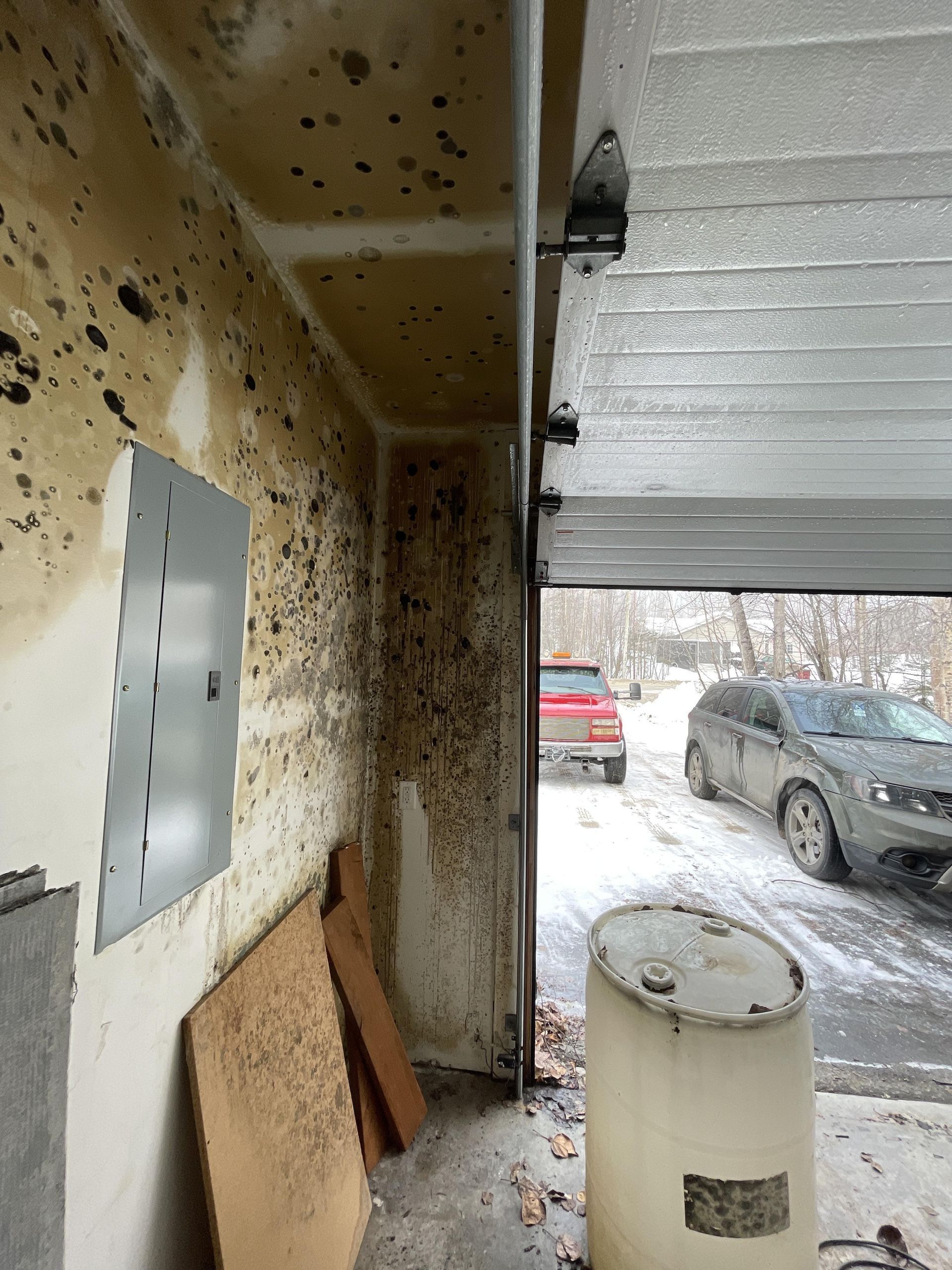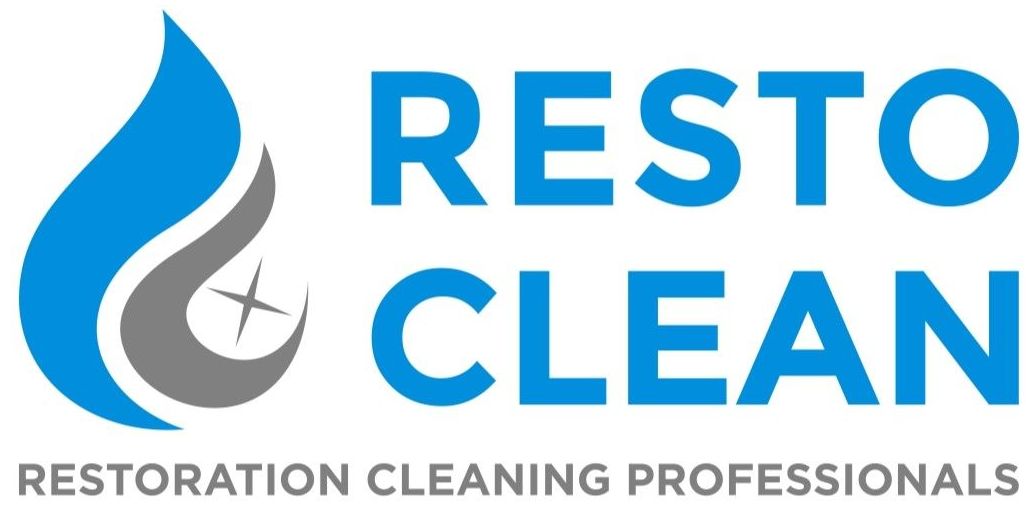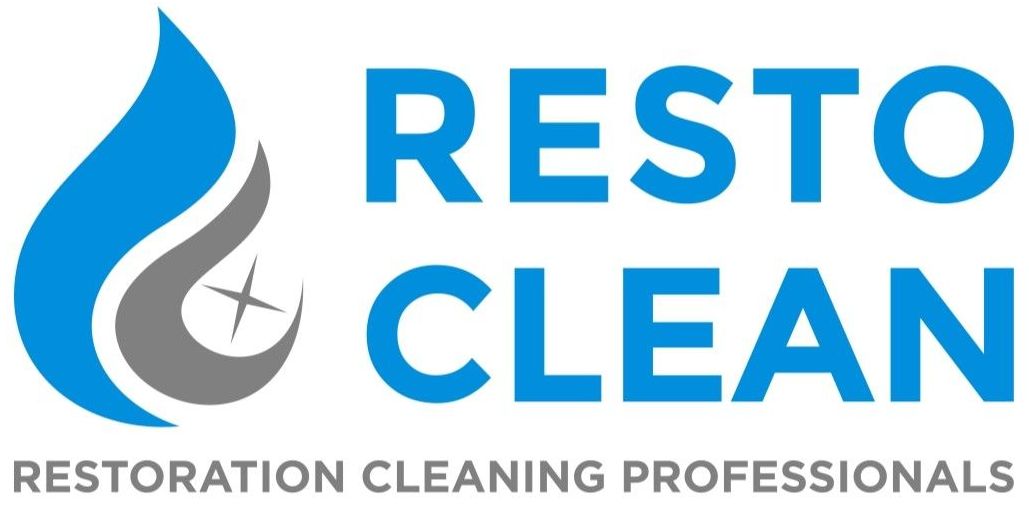The Crucial Importance of Following Proper Disaster Cleanup Protocol
Daisy Wick • October 9, 2023
In the aftermath of a natural disaster, the chaos and devastation can be overwhelming. Whether it's a hurricane, wildfire, flood, or any other catastrophe, the immediate response often revolves around ensuring the safety of individuals and minimizing damage. However, once the dust settles, it's essential to follow proper disaster cleanup protocols. In this short blog, we'll explore why adhering to these guidelines is of utmost importance.
Health and Safety:
Proper disaster cleanup protocols prioritize the safety and health of individuals involved in the cleanup process. This includes not only professional cleanup crews but also residents who might be returning to their homes. Hazardous materials, structural instability, and contaminated water are just a few of the dangers that can lurk in the aftermath of a disaster. Following protocols ensures that these risks are identified and mitigated.
Preventing Further Damage:
Disasters often leave behind a trail of destruction that can worsen if not addressed promptly and correctly. For example, water damage can lead to mold growth, which can further deteriorate structures and pose health risks. Proper cleanup prevents secondary damage and reduces long-term costs associated with restoration.
Environmental Protection:
Many disasters have environmental implications, from chemical spills to soil contamination. By following cleanup protocols, we can minimize the impact on the environment and wildlife. Restoration efforts that prioritize environmental sustainability help preserve the natural ecosystem.
Compliance with Regulations:
Governments and regulatory bodies often have strict guidelines for disaster cleanup to protect public health and the environment. Failing to follow these regulations can result in legal consequences and fines. Compliance is not only essential for avoiding penalties but also for ensuring that the cleanup is thorough and safe.
Insurance Coverage:
Insurance companies often require that proper cleanup protocols be followed to process claims. Failing to adhere to these guidelines could jeopardize your insurance coverage and compensation for damages.
Community Well-Being:
Proper disaster cleanup not only benefits individuals but also the community as a whole. A swift and effective cleanup process helps restore normalcy and allows people to return to their homes and businesses sooner. This, in turn, supports the local economy and community resilience.
Conclusion
In the aftermath of a disaster, it's natural to want to move quickly to clean up and rebuild. However, taking shortcuts or neglecting proper disaster cleanup protocols can have serious consequences for health, safety, and the environment. By following these guidelines, we not only protect ourselves and our communities but also ensure a more efficient and sustainable recovery process. Proper disaster cleanup is an essential step on the path to rebuilding and restoring what was lost, offering hope and healing in the face of adversity.

By Daisy Wick
•
January 15, 2024
A fire is a devastating event that can leave behind not only physical damage but also emotional scars. When the flames are finally extinguished, the road to recovery begins. It's essential to understand the importance of professional fire damage restoration and learn about effective ways to prevent such disasters in the first place. Why Professional Fire Damage Restoration Matters When a fire engulfs your home, the aftermath can be overwhelming. The consequences go beyond charred walls and burnt belongings; there are hidden dangers that only professionals can manage effectively: Safety: Fire-damaged structures can be unstable, posing a significant risk to anyone attempting to enter. Professional restoration teams are equipped to assess the structural integrity and ensure it's safe to enter the premises. Smoke and Soot: Smoke and soot damage extends far beyond the visible areas. They can penetrate walls, HVAC systems, and even ductwork. Professionals have the tools and expertise to thoroughly clean and deodorize affected areas. Water Damage: Often, firefighting efforts involve significant water usage. This can lead to water damage, mold growth, and further structural issues. Restoration experts can mitigate water damage and prevent mold infestations. Content Restoration: Fire-damaged personal belongings often carry immense sentimental value. Professional restoration services can salvage, clean, and restore items that might otherwise be lost forever. Insurance Claims: Dealing with insurance after a fire can be complex. Restoration professionals can document the damage, provide accurate estimates, and communicate with insurance adjusters to streamline the claims process. Thorough Cleanup: Fire damage is not limited to what's visible. Professionals ensure that hidden hazards and toxins, like asbestos or lead, are properly managed during the restoration process. Preventing Fire Damage: Safety First While professional fire damage restoration is vital after a fire, preventing a fire in the first place is even more crucial. Here are some key steps to minimize the risk of fire: Install Smoke Alarms: Ensure you have working smoke alarms on every level of your home and inside each bedroom. Regularly check and replace batteries. Fire Extinguishers: Place fire extinguishers in key areas like the kitchen, garage, and near heating appliances. Know how to use them. Electrical Safety: Regularly inspect electrical wiring and appliances for signs of wear or damage. Avoid overloading circuits and extension cords. Safe Cooking Practices: Stay vigilant in the kitchen while cooking. Keep flammable materials away from the stove and turn off appliances when not in use. Heating Safety: Maintain heating systems, fireplaces, and chimneys. Keep space heaters at a safe distance from flammable materials. Candle Caution: Use candles with care, keeping them away from curtains and other flammable objects. Smoking Safety: If you smoke, do so outdoors. Use deep, sturdy ashtrays, and ensure cigarettes are fully extinguished. Escape Plan: Develop and practice a fire escape plan with your family. Ensure all members know multiple ways to exit the home. Fire damage can be catastrophic, but with prevention and professional restoration, you can move forward and rebuild your life after a fire. Safety awareness and preparation are your best allies in reducing the risk of such a devastating event.

By Daisy Wick
•
August 17, 2023
Introduction: A home is more than just walls and a roof; it's a place where memories are woven and dreams take shape. But in a world where fire hazards are an unfortunate reality, protecting your home from potential fires is not just an option – it's a crucial responsibility. In this comprehensive guide, we'll delve into the paramount importance of constructing fire-resistant homes, and how this proactive measure can safeguard both your property and the lives of your loved ones. Understanding the Devastation of Fires: Fires can strike suddenly and with immense force, leaving destruction in their wake. Whether ignited by accidents, faulty wiring, or natural disasters, fires pose a significant threat to lives, property, and peace of mind. The Advantages of Fire-Resistant Homes: Investing in a fire-resistant home offers a multitude of benefits that resonate far beyond the structure itself: Life Preservation: The safety of your family is paramount. A fire-resistant home provides crucial escape time during emergencies, reducing the risk of injury and loss of life. Property Protection: Fire-resistant materials and construction techniques mitigate damage, preserving your valuable possessions and preventing costly repairs. Peace of Mind: Knowing that your home is built to withstand fires instills a sense of security and tranquility for you and your loved ones. Lower Insurance Premiums: Fire-resistant homes often lead to reduced insurance premiums, as insurers recognize the lowered risk of damage. Key Elements of Fire-Resistant Construction: Fire-Resistant Materials: Opt for materials like fire-rated siding, roofing, and insulation that resist ignition and slow the spread of flames. Structural Design: Incorporate features like fire-resistant walls, roofs, and windows that create barriers to flames and heat. Sealing Vulnerabilities: Seal gaps and openings that can allow flames or embers to enter your home. Fire-Resistant Landscaping: Choose plants that are less likely to catch fire and create defensible spaces around your property. Safe Electrical Systems: Install electrical systems with proper insulation, grounding, and circuit breakers to prevent fire risks. Steps to Achieve Fire-Resistant Homes: Research Building Codes: Familiarize yourself with local building codes and regulations related to fire-resistant construction. Consult Professionals: Work with architects, builders, and fire safety experts who specialize in fire-resistant home design. Choose Wisely: When selecting building materials, prioritize those that have been tested and certified for fire resistance. Regular Maintenance: Maintain your home by cleaning gutters, removing debris, and addressing potential fire hazards. Conclusion: A Fortress of Protection Constructing a fire-resistant home isn't just about bricks and mortar; it's about building a fortress of protection for your loved ones and belongings. In a world where unforeseen disasters can strike, taking proactive measures to mitigate fire risks is not just a choice – it's a necessity. By making your home fire-resistant, you're not only safeguarding your property but also investing in the safety, security, and serenity of those you hold dear.

By Daisy Wick
•
February 14, 2023
Disasters can strike at any time, leaving your home or business in a state of destruction. Whether it's a fire, flood, or storm, the damage can be overwhelming and leave you feeling helpless. This is where Resto Clean comes in. Resto Clean is a professional disaster restoration service located in Nampa, Idaho, specializing in restoring properties damaged by natural disasters or other types of emergencies. —------------- Why Choose Resto Clean for Disaster Restoration? When disaster strikes, you want to work with a company that you can trust to get the job done right. Resto Clean is that company. With years of experience in the industry, Resto Clean has the knowledge, skills, and equipment necessary to get your property back to its pre-disaster state. Comprehensive Services: Resto Clean offers a wide range of disaster restoration services, including fire damage restoration, water damage restoration, mold remediation, and storm damage restoration. No matter what type of disaster has affected your property, Resto Clean has the expertise to help. Fast Response Time: In an emergency situation, time is of the essence. Resto Clean understands this, which is why they have a fast response time to help get the restoration process started as soon as possible. They understand that the sooner the restoration process begins, the less the damage will be and the faster the restoration will be completed. Experienced Technicians: Resto Clean is staffed by experienced technicians who have been trained in the latest restoration techniques. These technicians are committed to providing the best possible service to each and every customer, and they are always striving to improve their skills and knowledge in order to better serve the community. Insurance Support: Resto Clean works closely with insurance companies to help make the restoration process as smooth and stress-free as possible. They understand the importance of having insurance coverage in the event of a disaster, and they are here to help you navigate the claims process and ensure that your property is fully restored. Local Business: Resto Clean is a local business, so you can be sure that you are supporting the Nampa, Idaho community when you choose them for your disaster restoration needs. They understand the needs of the local community and are committed to providing the best possible service to each and every customer. —------------ Disasters can be devastating, but with Resto Clean, you can rest assured that your property will be restored to its pre-disaster state. Whether you have suffered fire damage, water damage, mold damage, or storm damage, Resto Clean is here to help. With their fast response time, experienced technicians, insurance support, and commitment to the Nampa, Idaho community, you can be sure that you are in good hands with Resto Clean. So, don't wait any longer, contact Resto Clean today to start the disaster restoration process.




